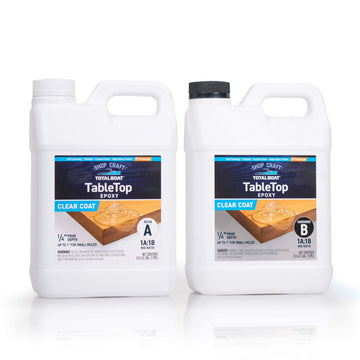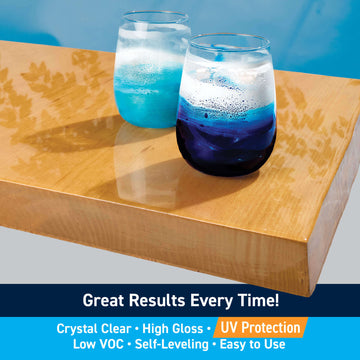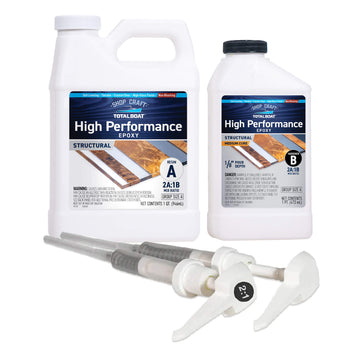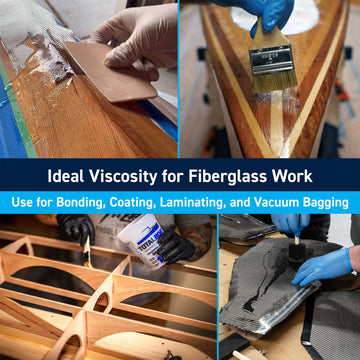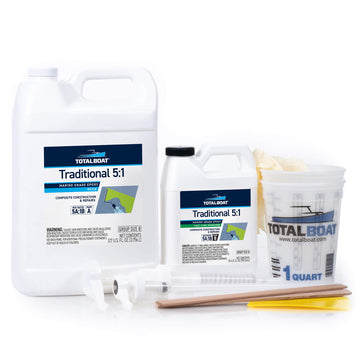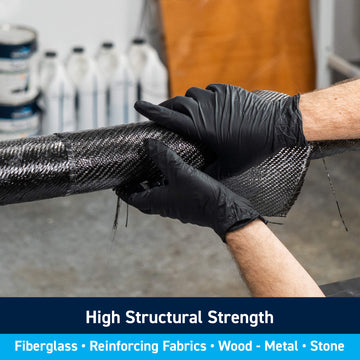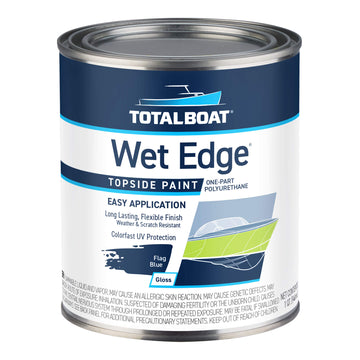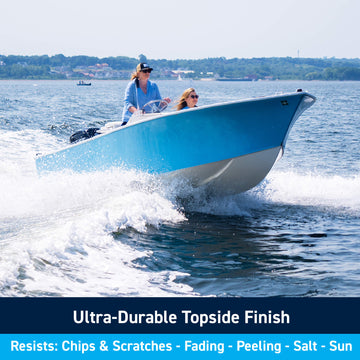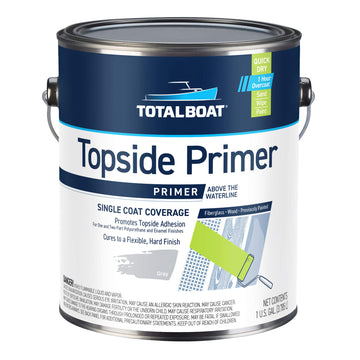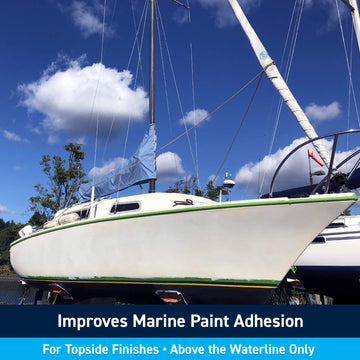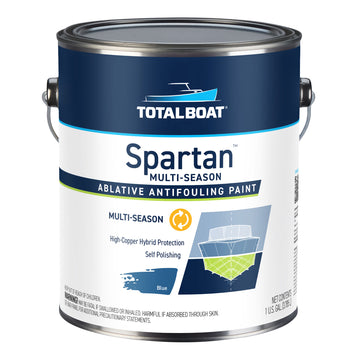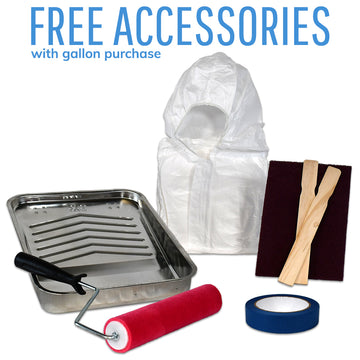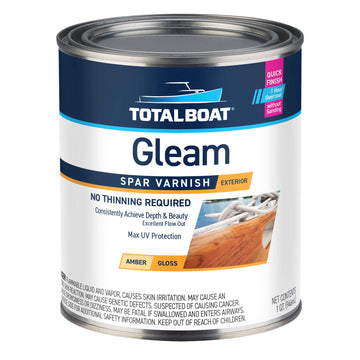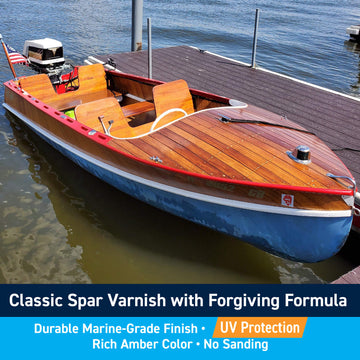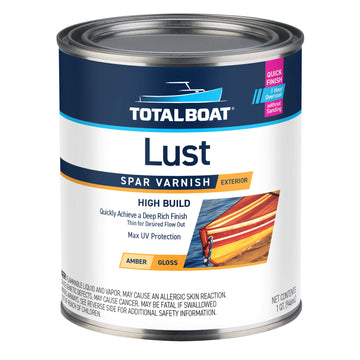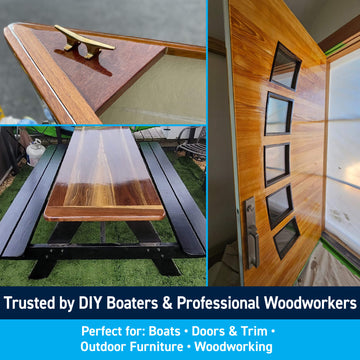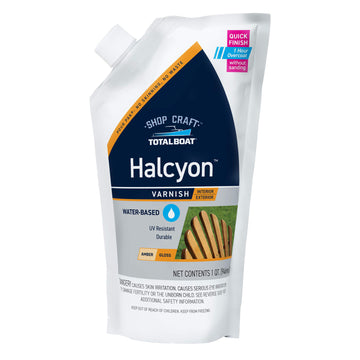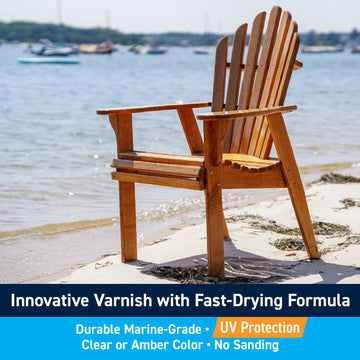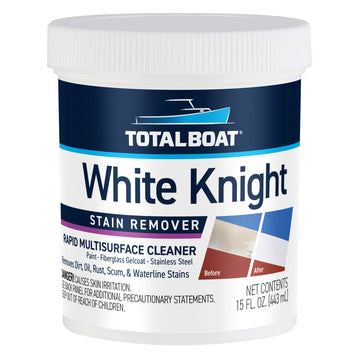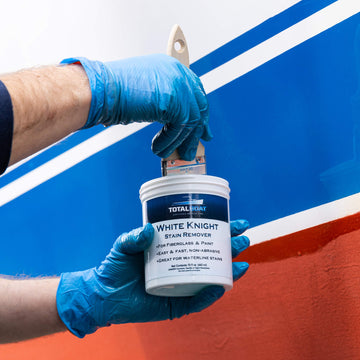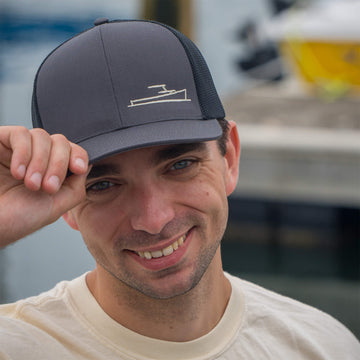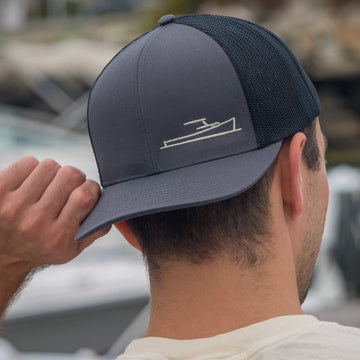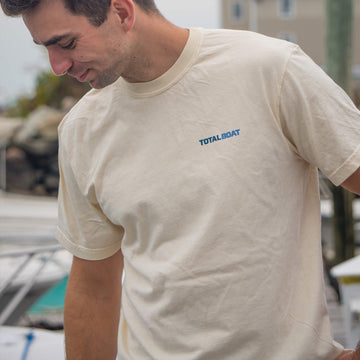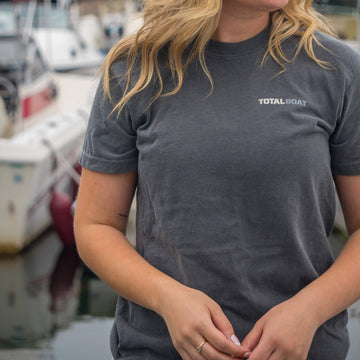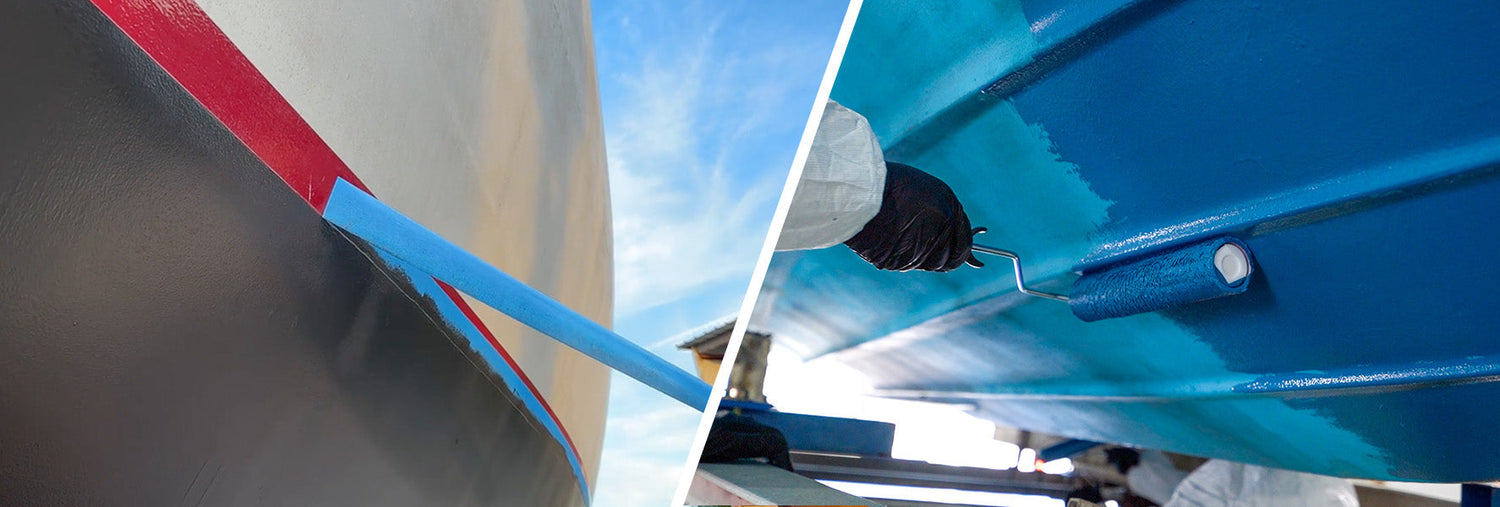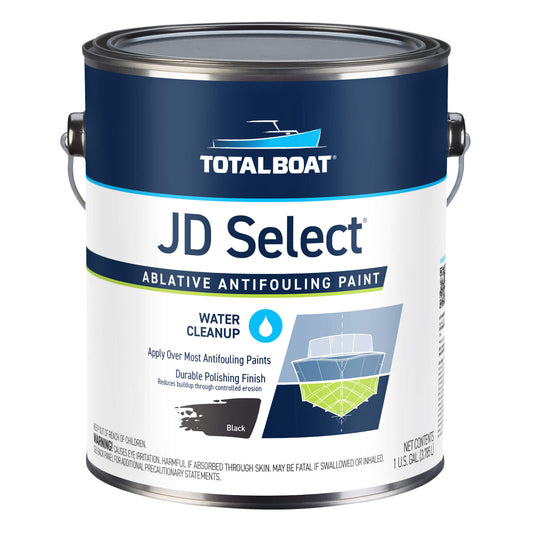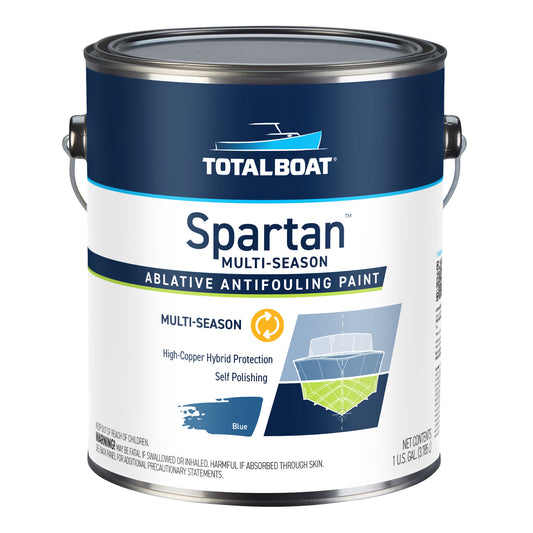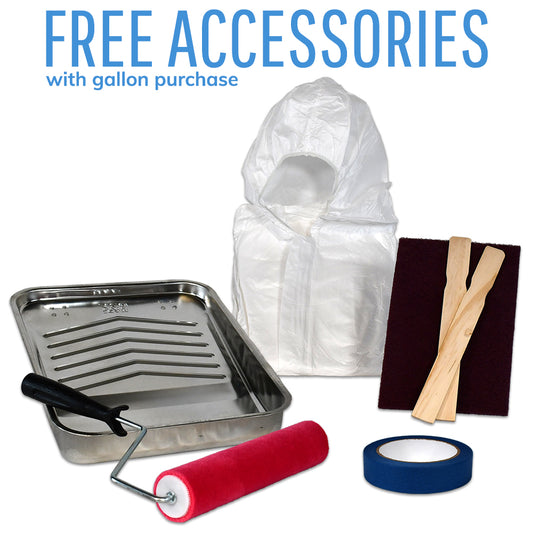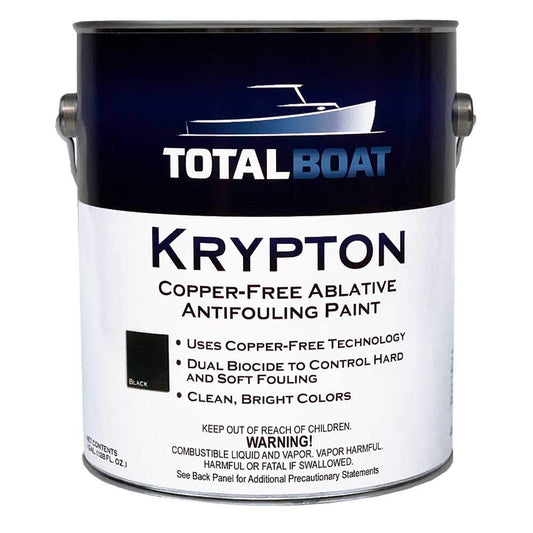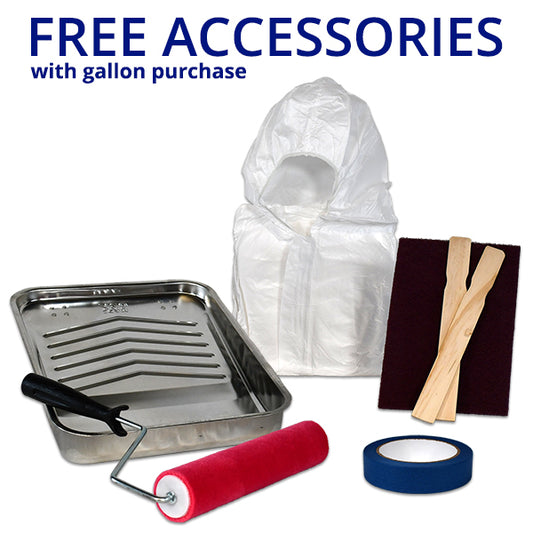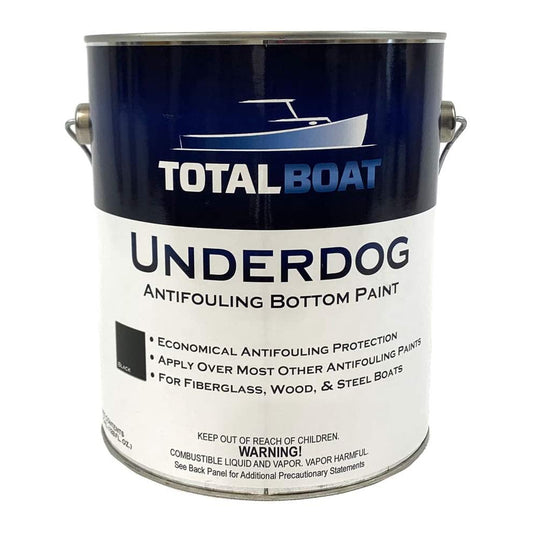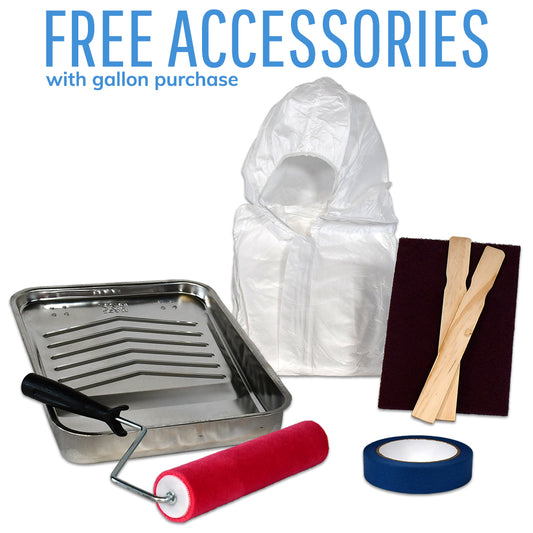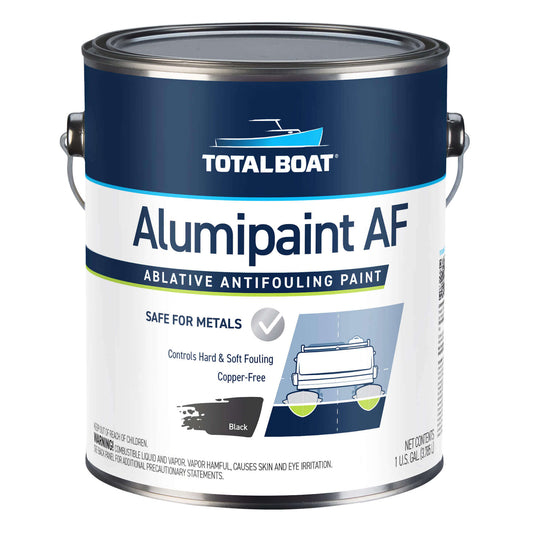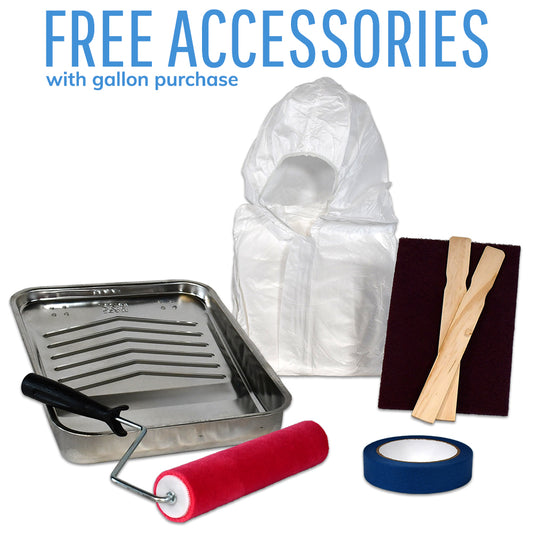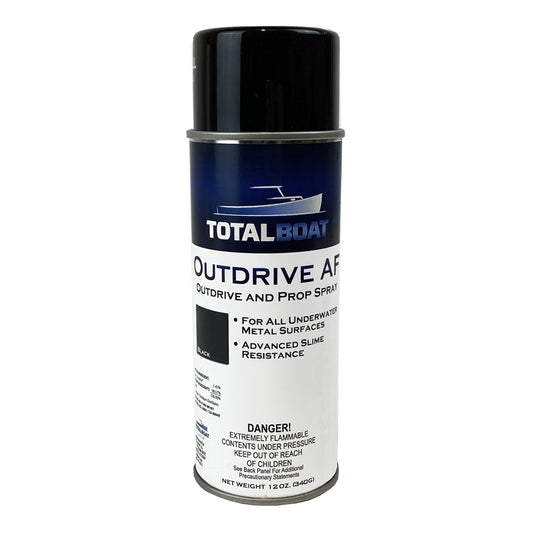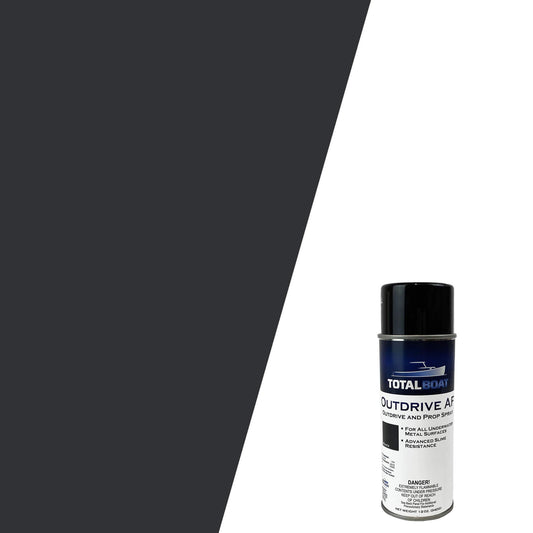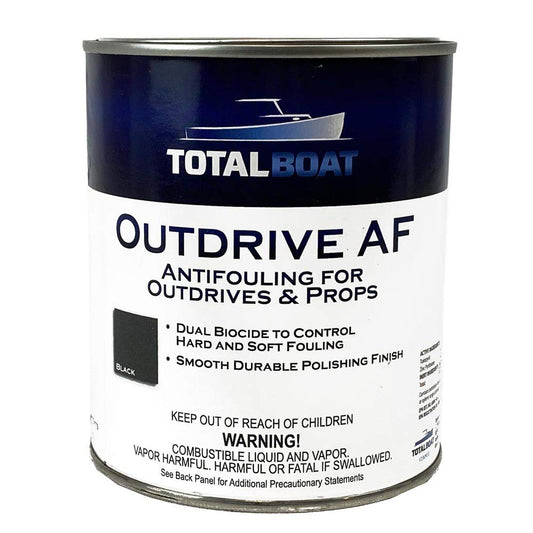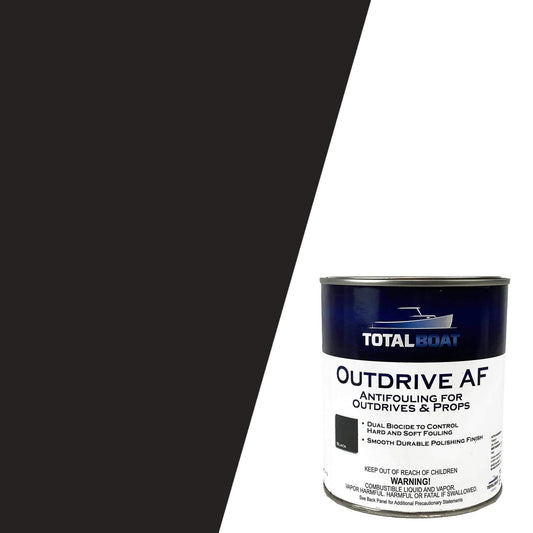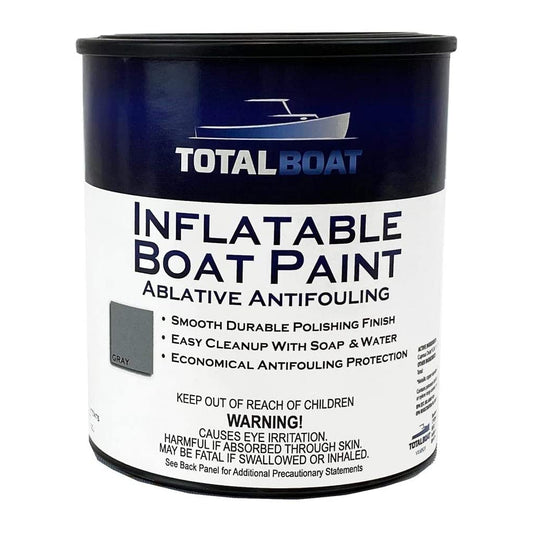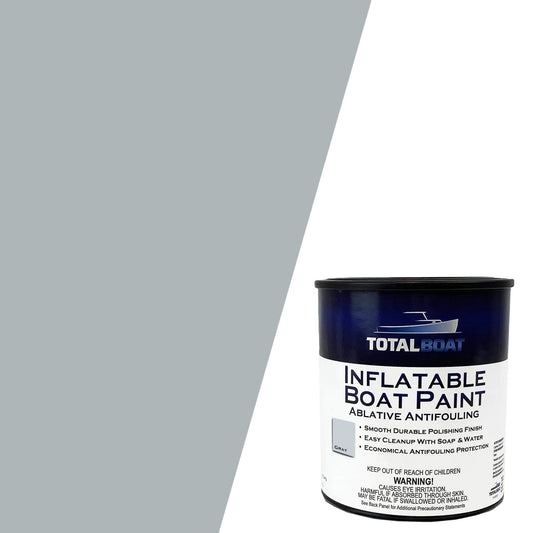JD Select Water-Based Bottom Paint
Regular price
$69.99-$154.99
Sale price
$69.99-$154.99
Unit price
per
Spartan Multi-Season Antifouling Paint
Regular price
$99.99-$219.99
Sale price
$99.99-$219.99
Unit price
per
Krypton Copper-Free Antifouling Bottom Paint
Regular price
$114.99-$234.99
Sale price
$114.99-$234.99
Unit price
per
AlumiPaint AF Aluminum Antifouling Paint
Regular price
$105.99-$234.99
Sale price
$105.99-$234.99
Unit price
per
Outdrive AF Prop & Outdrive Aerosol Spray
Regular price
$41.99
Sale price
Regular price
$41.99
Unit price
per
Outdrive AF Prop and Outdrive Antifouling Paint
Regular price
$97.99
Sale price
Regular price
$97.99
Unit price
per
Boat Bottom Paint
Bottom paint, also called antifouling paint, is designed to prevent barnacles, mussels, weeds, and slime from clinging to the bottom of your hull below the waterline. Not only does marine fouling look bad, it can be costly and dangerous. It affects your ability to maneuver safely, and increases fuel costs because your engine works harder to move your boat through the water.There’s not one type of bottom paint that’s perfect for every boat. Some antifouling paints are more effective at keeping the bottom of your boat cleaner in high-fouling areas vs. low-fouling areas, some are better for racing because they can be burnished to make them slicker, while bottom paint for aluminum boats is formulated to prevent galvanic corrosion, and copper-free bottom paint or water-based bottom paint are best for areas with environmental restrictions on the use of copper-based and solvent-based antifouling paints. And don’t forget bottom paint for an inflatable boat or RIB – because barnacles, weeds, and slime will cling to the underside of everything underwater.
Types of Antifouling Paint
With so many choices, it can be hard to understand why some bottom paints are better than others,and which one is best for your boat and boating conditions. To make it simple, know that bottom paints are typically either hard or ablative. Each of these types has several variations that vary in effectiveness depending on how much time the boat spends in the water and how frequently it moves.
Hard bottom paints contain biocides on the surface of the coating. They release biocide continuously while the boat is in the water – even if the boat isn’t moving. When the biocide has completely leached out, the coating might still look like it’s in great shape, but the paint is no longer effective at repelling growth. Hard bottom paints lose their effectiveness faster if the boat stays out of the water for a period of time. They’re effective for a single boating season, but the downside Is that they build up season after season. Eventually, all the built-up layers must be removed before you can apply new bottom paint. Examples of hard bottom paints include hard modified epoxy paints, Teflon bottom paints, and vinyl bottom paints. Hard bottom paints are best for boats that sit in the water for long periods of time without moving.
Ablative bottom paints contain biocide throughout the coating layers, not just on the surface. These paints are also called ‘self-polishing’ because they release fresh biocide gradually – either as the boat moves through the water, or as water from tides or currents moves under the bottom of the boat. Certain types of ablatives, such as copolymer and hybrid copolymer ablative antifoulings, wear away gradually, but don’t require the boat to be moving in the water. At the end of the season, there’s no paint build-up to remove because the paint wears away completely. Depending on the type of ablative paint, the effectiveness can last for a single season or multiple seasons.
Here’s more information to help you decide which TotalBoat bottom paint to use on your boat.
